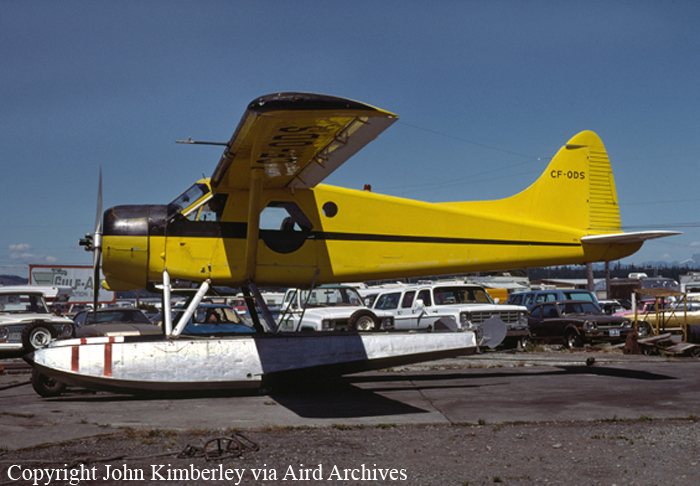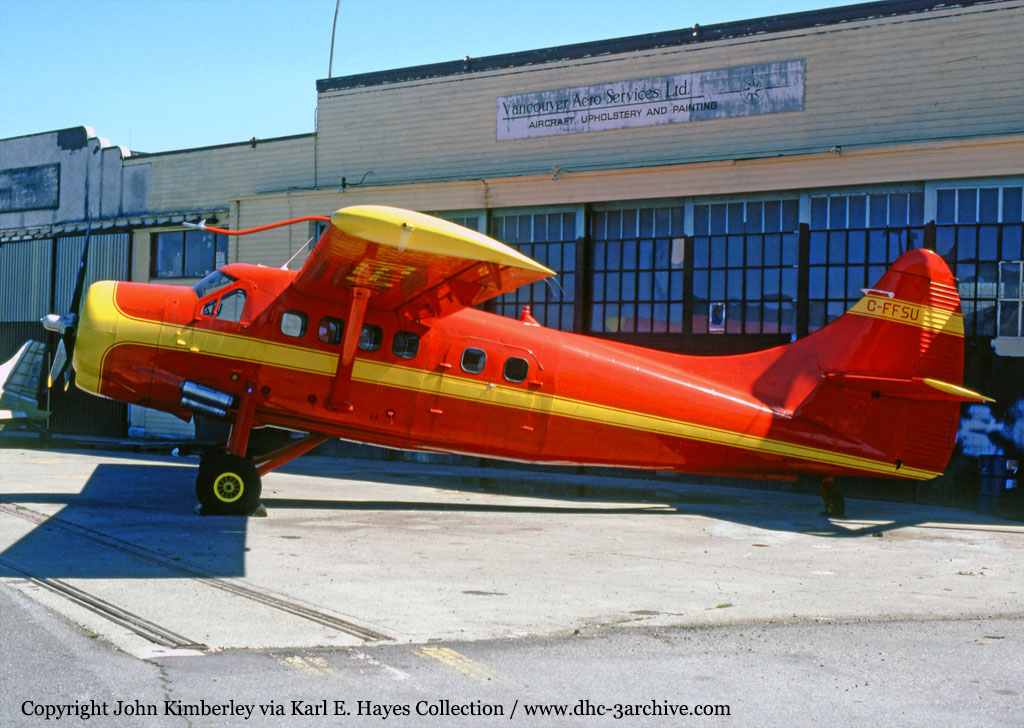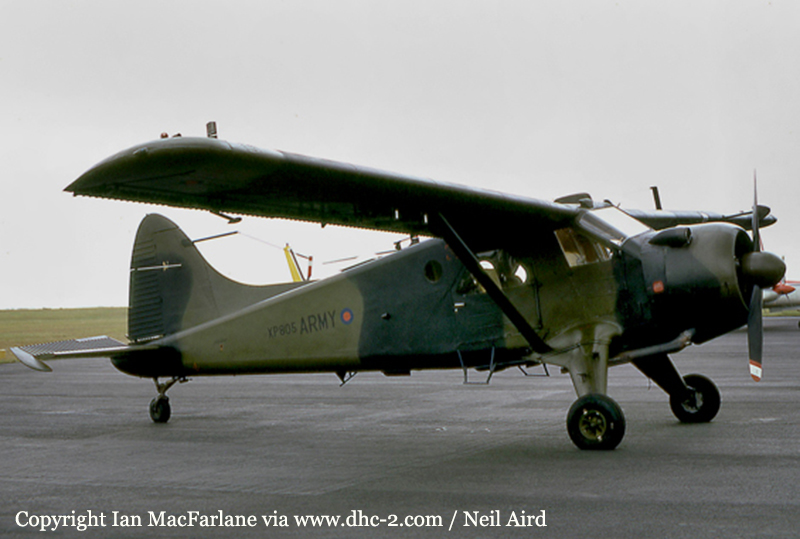Crash of a De Havilland DHC-2 Beaver in Shoal Harbour: 6 killed
Date & Time:
Sep 6, 1979
Registration:
C-FODS
Survivors:
No
Schedule:
Shoal Harbour - Campbell River
MSN:
984
YOM:
1956
Crew on board:
1
Crew fatalities:
Pax on board:
5
Pax fatalities:
Other fatalities:
Total fatalities:
6
Circumstances:
The aircraft, with pilot and five passengers on board was being flown from Shoal Harbour to Campbell River. The flight was the scheduled service operated daily from Campbell River with several stops along the coast and returning to Campbell River. On arrival at Shoal Harbour dock area, the aircraft was docked and one passenger got on board. The aircraft taxied out for departure. The take-off was from the harbour in a south easterly direction. Shortly after the lift-off from the water, and at a height of 100 feet, the aircraft made a 180° turn to the left and dived into the ground at an angle of 30°. The crash site was just inside the tree line and approximately 50 feet from the water’s edge. The plane exploded on impact and burned. One passenger walked out from the wreckage seconds after the crash but died in hospital at Vancouver the same day. There were therefore no survivors.
Probable cause:
The exact cause of the accident could not be determined. As far as could be determined the aircraft was serviceable prior to impact.













